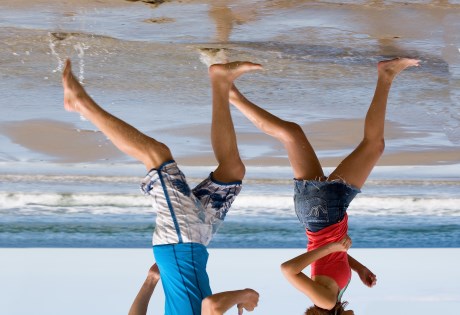Usually, as small children we spend a lot of time running around barefoot, as we grow shoes and trainers become de rigueur for most of us, especially if we’re involved in sport. And, Zola Budd and other top athletes aside, there were few who went running barefoot, at least until about ten years ago when barefoot, or “minimalist”, running started to become trendy. It is purportedly better for you in terms of the body’s biomechanics, the stresses and strains and the possibility of injury. Of course, unless you’re somewhere pristine, like a gym treadmill, there are the risks of thorns, stones, broken glass, dog mess and more if you’re a minimalist runner out in the field, as it were.

The team point out that although the runners adapt to barefoor running on a treadmill quickly, “these rapid adjustments in muscle recruitment and kinematics did not appear to reduce stress on the lower limb, since tibial shock was significantly higher during the BF running” at all three running speeds tested. They conclude that, “It therefore remains to be seen if a transition to running barefoot is truly desirable for improved performance or reduced risk of injury,” and add that, “Further research examining long-term injury rates is therefore required before a transition to barefoot running can be recommended.”